Treating Single-Sided Deafness
A Unilateral Hearing Loss (UHL) is when one ear has normal hearing, while the other ear has some reduction in hearing. Hearing loss in the one ear can range in severity from mild to profound. Single Sided Deafness (SSD) is a type of unilateral hearing loss that is so severe that the ear is considered non-functional or deaf. Those with single sided deafness may not benefit from a hearing aid on that ear.
Causes of UHL and SSD may include:
Congenital hearing loss
Trauma or head injury
Acoustic neuroma
Viral or bacterial infections
Vascular insults that damage the auditory pathway
Ototoxicity
Unilateral hearing loss and single sided deafness can have a variety of consequences.
These may consist of: difficulty with speech in noise, being accused of having selective hearing, trouble finding the location of sound in space, a tendency to misconstrue the intended message in group interactions, feelings of rejection/ridicule when an individual cannot follow a conversation, speech and language delays, reduced academic performance, fatigue and appearing disinterested.
There are a number of options to manage single sided deafness:
Contralateral Routing of Signals (CROS) Hearing Aid
This hearing aid device has a microphone placed on the impaired ear and a receiver on the better ear. The signal is wirelessly routed from the microphone on the poorer ear to the receiver on the better ear. CROS devices can lead to clearer conversations, improved speech understanding, and a more comprehensive listening experience.
2. Bone Anchored Hearing Apparatus (BAHA)
This consists of a metal abutment that is implanted into the patient’s skull, and an external piece that snaps on. A BAHA bypasses the outer and middle ear and stimulates both cochleae via bone conduction. A BAHA is beneficial for those with SSD due to outer and middle ear abnormalities.
Soft band BAHAs are an appropriate option for children under the age of 5 or for those who do not wish to undergo the surgical procedure.
Osia Implantable Device
The Osia implantable device is similar to that of a BAHA, as it bypasses the outer and middle portions of the ear to stimulate the cochlea via bone conduction.
With the Osia device, an internal implant is drilled into the mastoid bone, and an external processor connects to the internal piece via magnet to stimulate both cochleae.
Both BAHA and Osia devices have shown to lead to improved understanding of speech listening in both quiet and noise.
Cochlear Implant
Hearing aids make sound louder but do not make sound clearer. When an individual who is fit with a hearing aid continues to struggle with understanding speech, a cochlear implant can be considered.
A cochlear implant is a small electronic device that stimulates the auditory nerve electrically.
An internal component is surgically placed under the skin behind the ear. A thin wire with a magnet and an electrode array is inserted into the cochlea within the inner ear. An external piece sits behind the ear and connects to the internal component via magnet.
The external piece picks up sound with a microphone. The sound is then transmitted along the electrode array, which sends electrical stimulation up to the brain.
For individuals with SSD, cochlear implants are the only devices that can allow for “binaural hearing”.
Contact us to learn more about what device is right for you!

